Commercial generators empower businesses to energize their operations at any location or establish a dependable backup energy source. These generators ensure a consistent power supply for electronic equipment, offering various sizes and features tailored to specific needs.
Let’s take a look into the diverse categories of commercial generators, providing insights into their costs and distinctive features.
Table of Contents
What is a Commercial Generator?
A commercial generator is a device that converts mechanical energy into electrical energy, delivering power to locations facing outages or situated in remote areas without access to the power grid.
Distinguished from residential generators, commercial generators feature fast construction with sturdy metals, larger engines, and enhanced cooling components. Additionally, commercial generators have higher wattage outputs compared to their residential counterparts.
Features of Commercial Generator
Commercial generators offer numerous features designed to suit diverse needs on job sites. When selecting a generator, it is important to align its features with the specific job application and power demands to ensure optimal performance.
Here are some key feature categories for commercial generators and their relevant applications:
Multiple Outlets:
- It is ideal for jobs requiring numerous power connections.
- Splitters can be used to increase the number of standard outlets, but a generator with sufficient outlets provides greater reliability.
Outlet Configurations:
- Generators offer various outlet types, including AC, DC, and twist locks.
- Match the NEMA labels on your equipment with the generator’s labels to ensure compatibility.
Fuel Options:
- Choose from natural gas or diesel generators.
- Dual-fuel and tri-fuel units are available for added flexibility.
- Select the most accessible fuel option that aligns with your budget.
Electric Starts:
- Facilitate easy generator activation.
- Check for battery requirements, as some models may not include one.
- Pull-start options are also available.
Auto-Idle Controls:
- Enhance efficiency by regulating generator engines during periods of inactivity.
- It is particularly useful for jobs requiring intermittent rather than constant electricity.
Fuel Gauges:
- Allow visual monitoring of fuel levels.
- Note that not all commercial generators come equipped with fuel gauges.
Low Oil Shutdowns:
- Automatically turn off engines when oil levels drop below the required minimum.
- It is common on most generators and nearly standard on standby models.
Hour Meters:
- Track and record a generator’s total running time.
- Facilitate efficient maintenance and contribute to prolonged generator lifespan.
- Useful for gauging the viability of a potential purchase, especially for rental applications.
While determining the necessary wattage for your next generator, consider factors such as the number of outlets needed simultaneously, the accessibility of the preferred fuel type, and the requirement for auto-idle controls. List these considerations alongside your wattage requirements to make an informed decision on the most suitable generator for your job.
![Commercial Generators Buying Guide 2024 [By Generator Specialist] 1 Commercial Generator](https://www.midamericaengine.com/wp-content/uploads/2024/01/Commercial-Generator-1024x683.png)
Understanding Pricing Factors for Commercial Generators
The cost of commercial generators can vary based on size, features, and intended application. Typically, commercial generators are priced between $600 and $2,000, but more expensive options are available for larger jobs and facilities. As a general trend, prices tend to increase with the size and capacity of the generator.
Considerations for Pricing:
Size and Capacity:
- Larger generators, designed for high wattage demands or continuous power flow, generally come with higher price tags.
- Prize your investment to the specific power requirements of your job.
Multiple Smaller Generators:
- For jobs demanding the same total wattage across multiple locations, investing in several smaller generators might be cost-effective.
- Using multiple generators at a job site can have additional benefits, including reduced cordage requirements, limited amperage loss, and potentially extended generator lifespan.
Choosing the Right Size Generator for Your Needs
With regard to choosing the right generator size, knowledge of its wattage needs is essential. As generators grow in size according to the number of watts they can produce, you must match the generator capacity with your job site requirements.
Here are key considerations for determining the right size generator:
Types of Wattage:
- Running Wattage: The standard wattage a piece of equipment uses while in operation.
- Starting Wattage: The additional power needed for equipment to start.
- Surge Wattage: This represents the maximum wattage the generator can produce.
Calculating Power Requirements:
- Determine the total running wattage of equipment (e.g., pressure washer or table saw).
- Add the highest starting wattage of your equipment to this total.
- If the starting wattage is unknown, estimate it as three times the running wattage.
- Contractors may consider adding 10% to account for potential errors or future power needs.
Common Generator Sizes at Job Sites:
- Job site generators usually supply anywhere between 5,000 to 7,50 watts of power.
- It is ideal for running several power tools at the same time, including large table saws, miter saws, belt sanders, and grinders.
Understanding Power Requirements:
- Some tools may specify power requirements in amps and volts rather than watts.
- Horsepower (hp) measurements may be used for motor-driven equipment.
- Verify starting power for motor-driven equipment, as it may require nearly four times the running power to start.
Manufacturer-Provided Requirements:
- Always refer to manufacturer-provided power requirements, usually found in user manuals.
- Avoid overloading, as it can damage both the equipment and the generator.
Usage Guidelines:
- Generators should not be operated at maximum capacity for extended periods.
- Maintain usage at no more than 90% capacity.
- Place generators in well-ventilated areas for safe operation.
It is important to rely on accurate calculations and adhere to manufacturer guidelines to prevent overloading and ensure the efficient and safe operation of your generator. Always refer to user manuals for precise power requirements specific to your equipment.
Connect with Generator Specialists at Mid-America Engine
When it comes to securing a reliable power generation solution for your business, Mid-America Engine stands out as the go-to choice. Whether you are in search of a new or a used generator, trust Mid-America Engine for unparalleled expertise and support for your generator needs.
Connect today, and let’s make your generator purchase a breeze!
FAQs about Commercial Generators
1. How often should you run a commercial generator?
Run it for 30 minutes monthly to ensure optimal performance.
2. How much diesel does a commercial generator use?
The average is 0.25-0.5 gal/kWh; refer to the spec for details.
3. What size of generator do I need in case of an emergency?
Choose one slightly exceeding your peak demand after a load analysis.
4. How do I determine what size generator I need?
Sum up wattage needs, including future expansions, for accurate sizing.
5. How far does a generator need to be from a structure?
Keep at least 5 feet away for ventilation and safety.
6. How loud is a commercial generator?
Noise levels range from 60-90 decibels; consider local regulations.
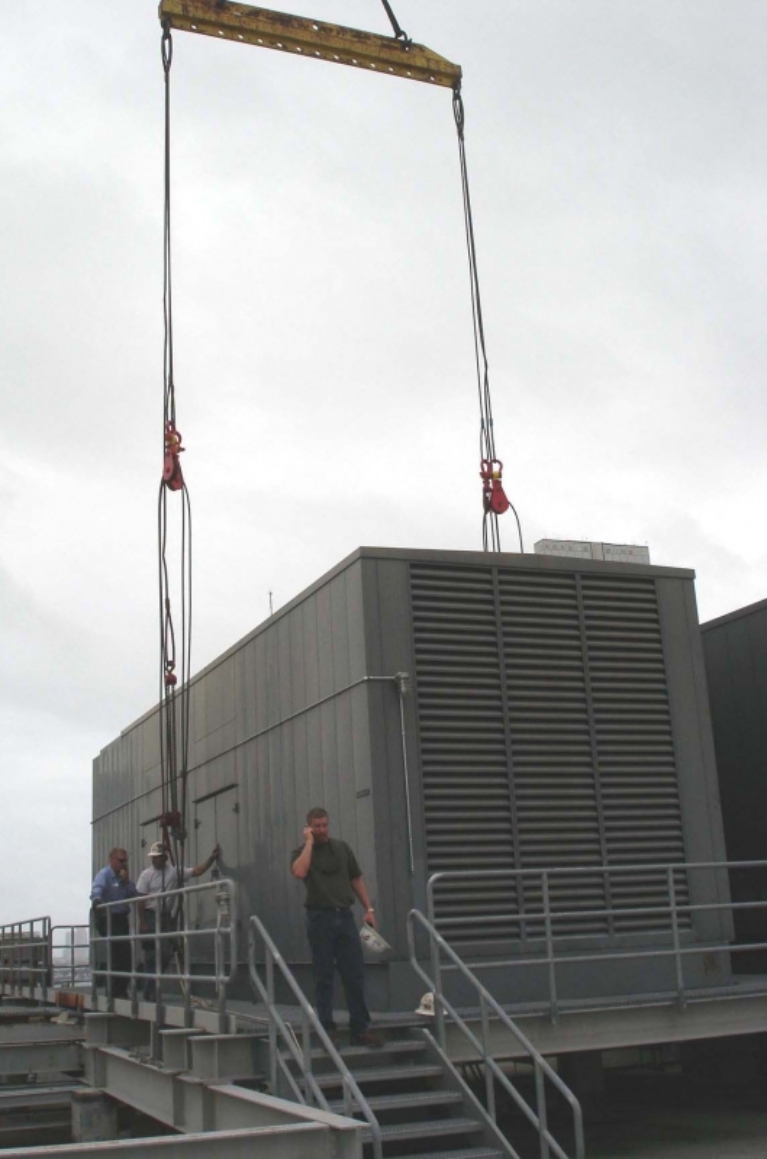
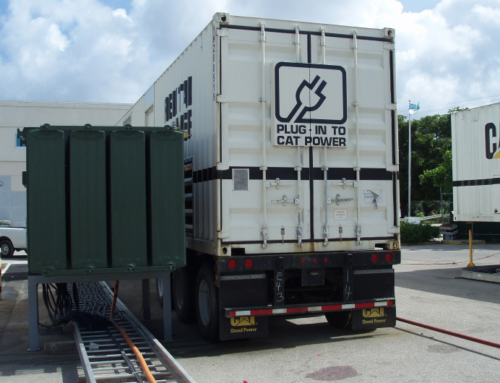
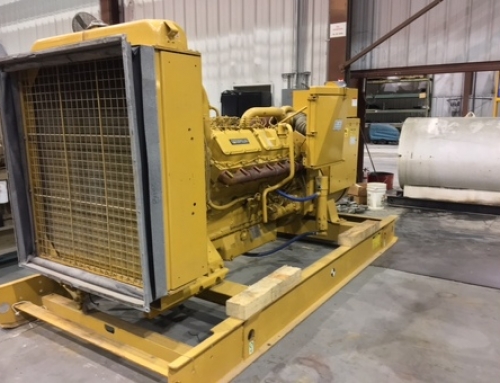
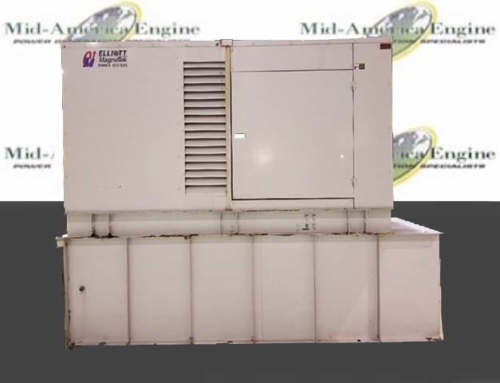
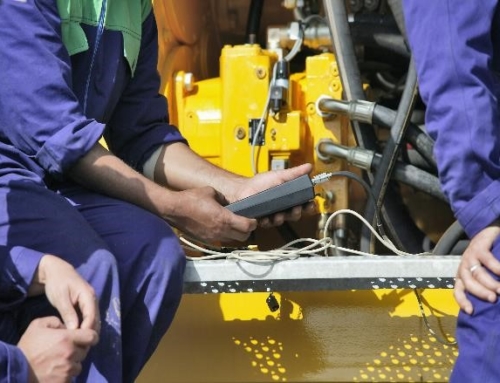
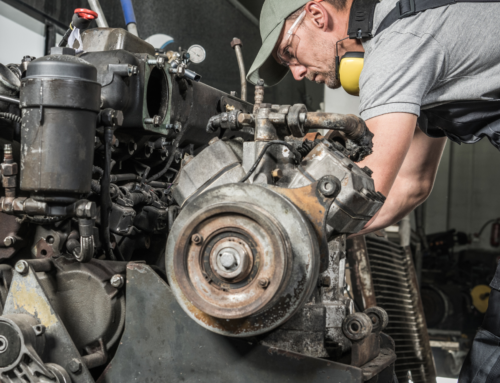



![Commercial Generators Buying Guide 2024 [By Generator Specialist] 6 Commercial Generator](https://www.midamericaengine.com/wp-content/uploads/2016/07/Another-Commercial-Power-Project-Completed-66x66.jpg)
![Natural Gas Generators Buying Guide 2024 [By Generator Specialist] 7 natural gas generators](https://www.midamericaengine.com/wp-content/uploads/2018/09/IMG_8223.JPG-66x66.jpeg)

Leave A Comment